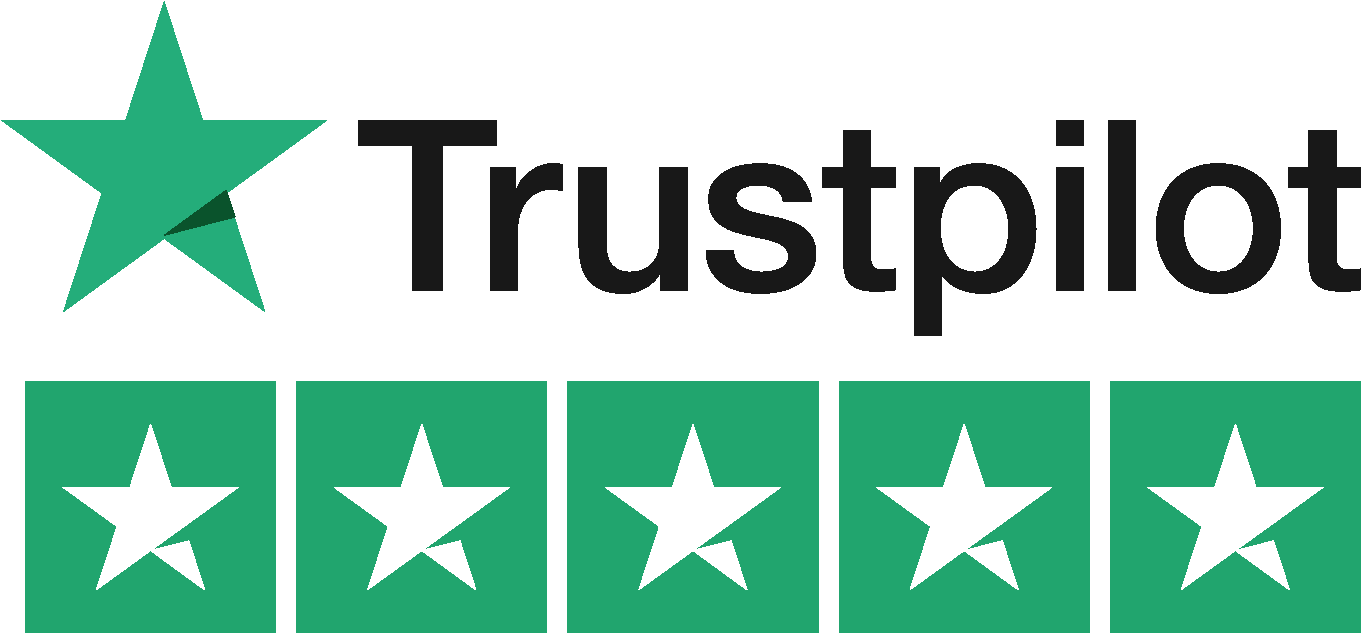
The Importance of Life Insurance for Women
As women continue to make significant strides in the workforce and accumulate substantial economic power, it's critical to address the persistent disparities in life insurance coverage that often leave them underprotected. Despite women's increasing contributions to family and national economies, they are still less likely to have life insurance compared to men. This coverage gap not only highlights the need for greater financial security for women but also emphasizes the importance of recognizing their unique financial contributions and challenges.

Understanding the Disparity in Life Insurance Coverage
According to the latest findings from a 2024 LIMRA study, while 58% of men have life insurance, only 49% of women do. This gap reflects not only the disparities in insurance ownership but also underscores the urgent need for increased awareness and tailored financial planning solutions for women.
Factors Contributing to the Life Insurance Gender Gap
Economic Disparities: The persistent wage gap plays a significant role in life insurance disparities. With men earning more on average than women, the potential life insurance coverage, often calculated as a multiple of annual income, is consequently higher for men. For instance, with the average man earning $57,000 annually and the average woman $47,000, using a standard tenfold multiplier for recommended coverage, a woman could receive almost $100,000 less in potential life insurance benefits.
Undervaluation of Unpaid Labor: Women often undertake significant unpaid labor, such as caregiving and household management, which isn't financially compensated but holds substantial economic value. The economic worth of these contributions is immense, yet frequently overlooked in financial planning and risk assessment.
Financial Literacy and Confidence: A recent FINRA study revealed a continuing gap in financial literacy between genders, with women scoring lower on financial knowledge assessments than men. This gap can affect women's confidence in making financial decisions, including the purchase of life insurance. Enhancing financial literacy among women is crucial for empowering them to take proactive steps toward securing their financial futures.
Strategies to Bridge the Life Insurance Gap
Tailored Financial Advice: Financial advisors should offer customized guidance that recognizes the unique challenges women face, such as longer life expectancies and periods of unpaid work. This advice should include strategies for covering not just the wage earner but also the economic value of caregiving roles.
Educational Initiatives: Increasing financial literacy among women can empower them to make informed decisions about life insurance and other financial products. Workshops, seminars, and online resources can play vital roles in closing the knowledge gap.
Policy Adjustments: The insurance industry can help by adapting policies that take into consideration the unique life patterns of women, including career breaks for caregiving. Policies that offer flexible coverage amounts and terms can better meet the diverse needs of women throughout their lifetimes.
Empowering Women with Comprehensive Coverage
Closing the life insurance gap for women is not just about offering them financial products but ensuring they have the tools and knowledge to make informed decisions. By addressing the unique economic roles and challenges women face, the financial services industry can play a pivotal role in enhancing their financial security.
Women are encouraged to evaluate their life insurance needs critically and explore various coverage options that reflect their lifestyle, contributions, and financial responsibilities. It’s essential for women to recognize that life insurance is a crucial aspect of a comprehensive financial plan, providing security and peace of mind for themselves and their families.
For further insights and guidance on effectively navigating the complexities of life insurance, visit TermLifeProvider.com. Our resources and expert advice are designed to empower women to confidently secure their financial future and ensure their contributions are fully recognized and valued.



